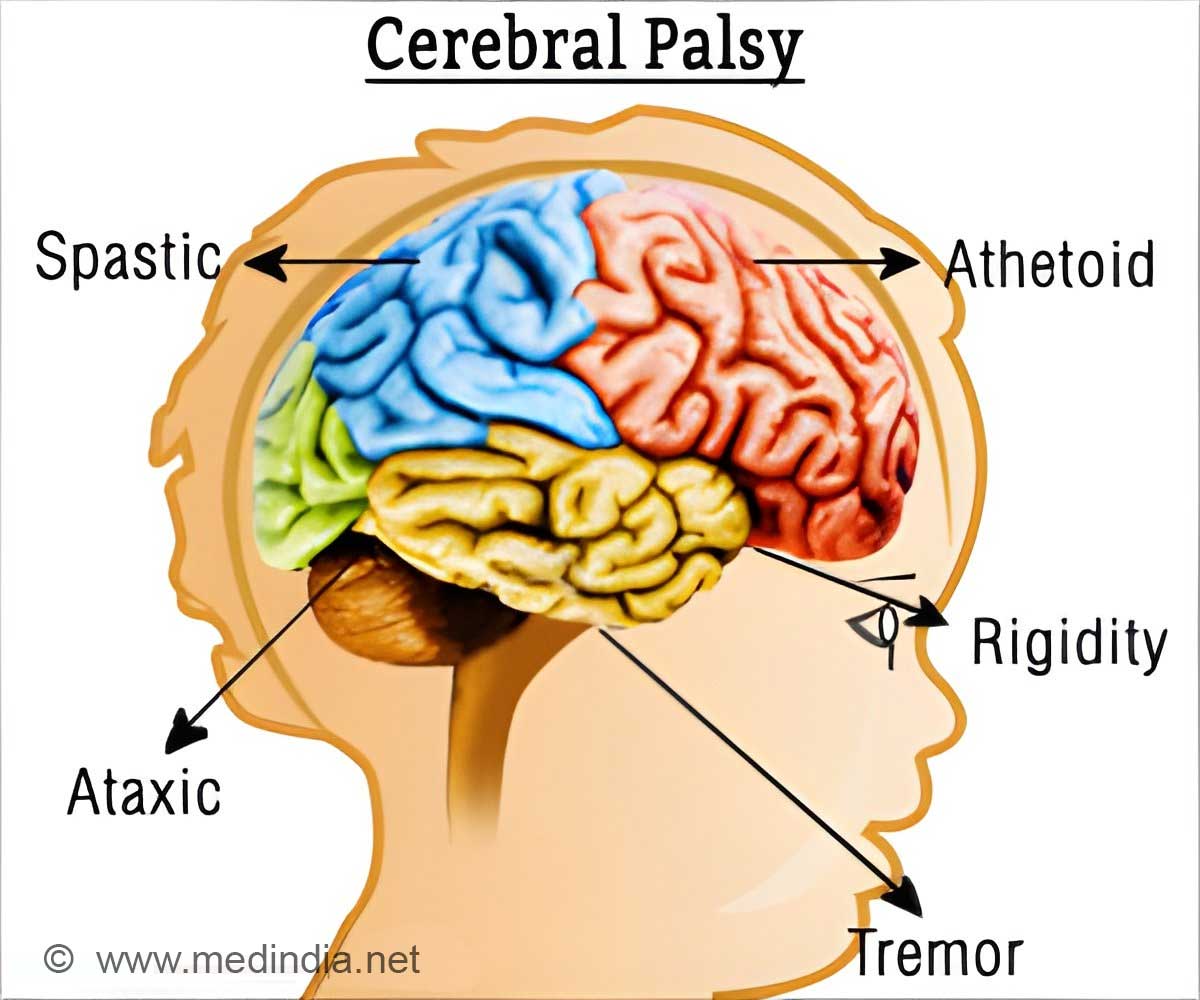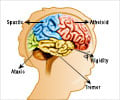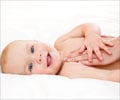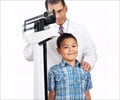Recent research points to an inherited cause for raising the risk of giving birth to a child with cerebral palsy. Earlier this disability of the brain was linked to problems in pregnancy or birth.

The investigators trawled through a top-quality database covering the health of Norwegians born between 1967 and 2002.
In absolute terms, the risk of having a child with cerebral palsy was very low, they found.
Out of 2.03 million people born during this period, 3,649 were diagnosed with condition.
But in families where a child had cerebral palsy, there was six- to nine-fold increased risk that the following full sibling -- meaning, a first-degree brother or sister -- would also be born with it, compared to families with no history of the disability.
There was an up to three-fold risk for a half sibling, or second-degree relative, according to the probe.
Advertisement
Parents affected by cerebral palsy carried a sixfold risk of having an affected child compared to unaffected parents.
Advertisement
Cerebral palsy affects around two in every 1,000 births, according to European figures.
It originates from damage to the immature brain, resulting in problems such as epilepsy, poor motor control and learning difficulties.
Until now, the finger has mainly pointed at events in pregnancy or delivery, such as premature birth, infection in the womb, iodine deficiency in the mother's diet, multiple foetuses and lack of oxygen to the brain.
As a result, doctors or nurses are sometimes accused of poor care -- that they failed to spot a complication or act in time.
But there have also been suspicions that an underlying cause could be genetic.
Evidence to back this came from twins, but was sketchy.
The new study is by far the biggest to explore the question, so the findings add strength to the inheritance theory.
The investigation also amplified the previous evidence from twins.
A twin of a child with cerebral palsy was more than 15 times likelier to have a child with this condition.
If DNA plays a part, further work is needed to identify any aberrant gene or genes and what role they play, the researchers said.
Even then, inheritance may be only part of a "wide range" of causes, they cautioned.
The paper, headed by Mette Tollanes, a public-health specialist at the University of Bergen, appears online in the British Medical Journal (thebmj.com).
Source-AFP















